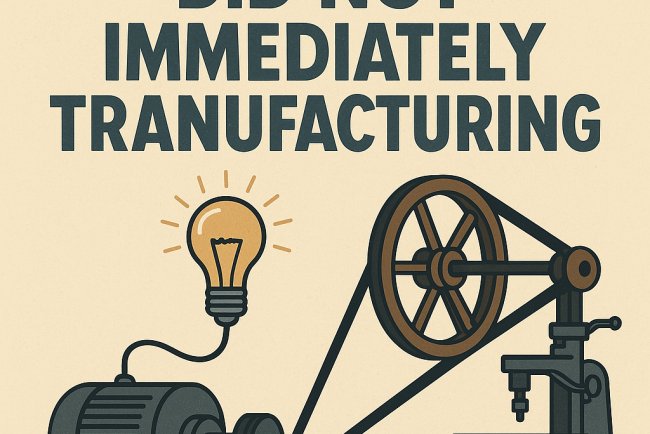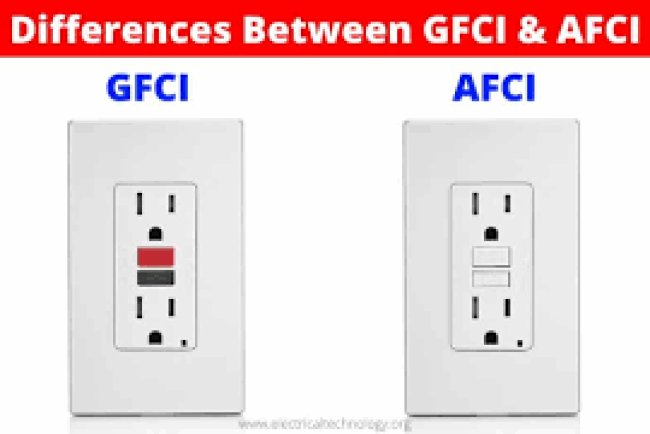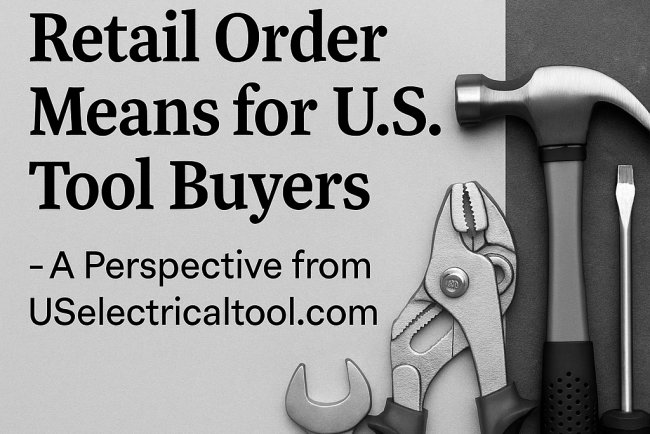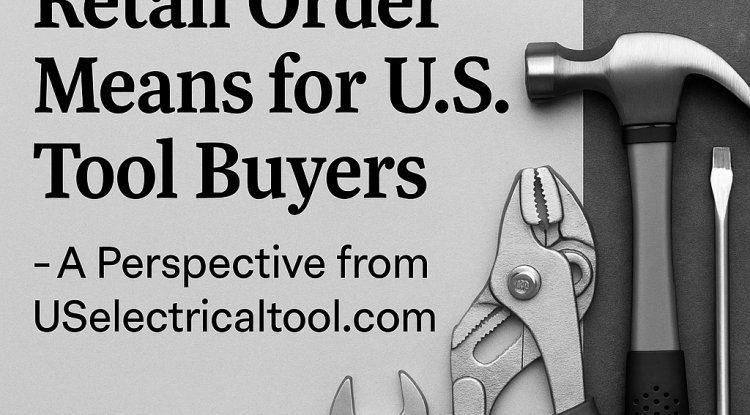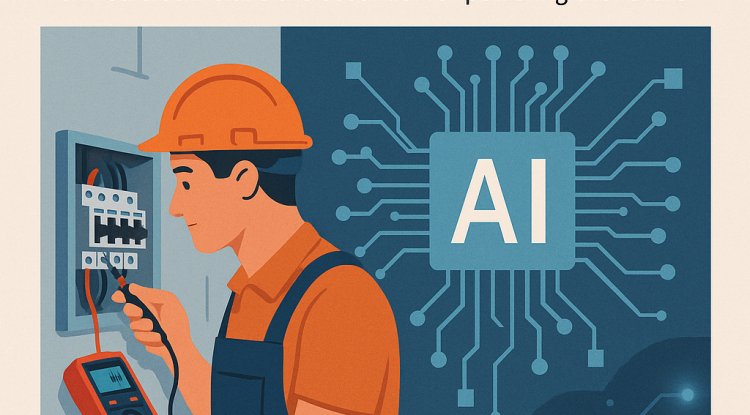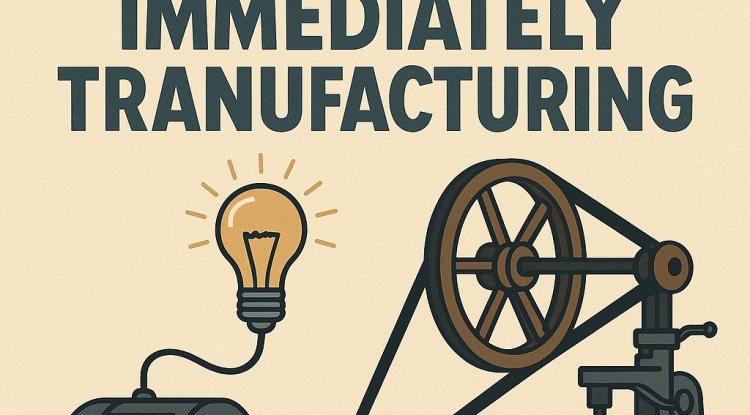The Right to Repair: A Key Solution to Reducing E-Waste
The Right to Repair movement empowers consumers to fix their own electronics, reducing unnecessary waste and promoting environmental sustainability. This blog explores how supporting repair rights can drastically reduce e-waste, extend product life, and save money.
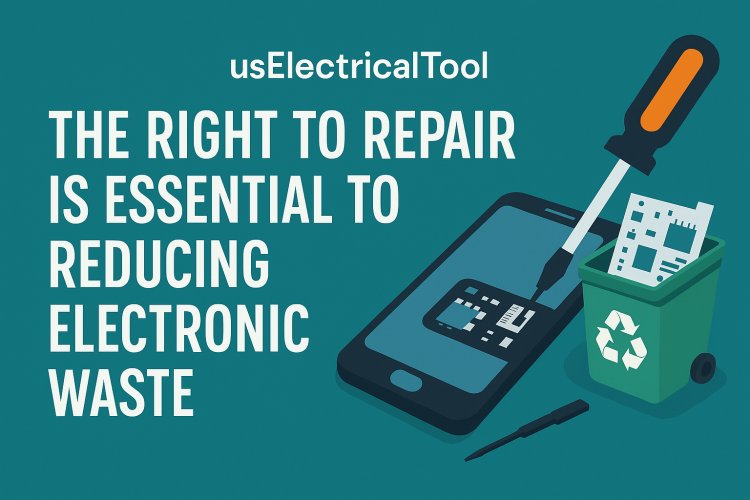
The Right to Repair Is Essential to Reducing Electronic Waste
Electronic waste, or e-waste, is one of the fastest-growing environmental challenges in the world today. With technology advancing rapidly, consumers are upgrading their devices more frequently than ever. Unfortunately, most of the old electronics are thrown away rather than being repaired, leading to a growing pile of toxic and non-biodegradable waste.
But there's a practical, sustainable solution gaining momentum—The Right to Repair.
At usElectricalTool, we support this movement because we believe in empowering individuals and businesses to extend the life of their electronic devices through repair, not replacement. Let’s dive into what the Right to Repair means and why it’s crucial to fighting e-waste.
What is the Right to Repair?
The Right to Repair is a global campaign that demands manufacturers make repair information, tools, and parts available to consumers and independent repair shops. The goal is to allow people to fix their electronics without being forced to go through the original manufacturer—often at high costs or with limited options.
This movement is not just about convenience. It's about giving power back to users and keeping electronics out of landfills.
Why Electronic Waste Is a Big Problem
Globally, we produce over 50 million metric tons of e-waste every year—and only about 20% is formally recycled. The rest ends up in landfills or incinerators, releasing toxic substances into the environment.
Much of this waste is avoidable. A significant percentage of discarded electronics could have been repaired and used for many more years. This is where the Right to Repair steps in.
How the Right to Repair Helps
Extends Product Life: Instead of replacing a phone or laptop due to a small fault, you can repair it and use it for years.
Saves Money: Repairing is almost always cheaper than buying new.
Reduces Carbon Footprint: Manufacturing new electronics emits a huge amount of greenhouse gases.Repairing instead of replacing helps the planet.
Supports Local Jobs: Independent repair shops and DIY repair communities benefit from this movement.
Promotes Innovation: When people can tinker with and fix their devices, they understand them better—often leading to creative solutions and tech innovation.
How us ElectricalTool Supports Repair Culture
At usElectricalTool, we provide a wide range of quality tools and equipment tailored for electronics repair—whether you’re a professional or a DIY enthusiast. From precision screwdrivers to multimeters and soldering kits, we empower individuals and technicians to keep electronics running longer.
We also believe in education. Our resources help users learn how to diagnose and fix common electronic problems safely and efficiently.
Legislation and Consumer Rights
Many regions are now considering or passing Right to Repair laws. In the U.S., some states have already introduced bills requiring companies to make parts and manuals available. In Europe, similar laws have started to take effect, especially for household appliances.
The more this movement grows, the more pressure it places on manufacturers to be transparent and eco-friendly.
What You Can Do
Choose repairable devices: Before buying, check if the product can be repaired easily.
Use reliable repair tools: Equip yourself with essential tools from usElectricalTool.
Learn basic repairs: There are countless tutorials online to help you fix common issues.
Support Right to Repair legislation: Advocate for policies that give you control over your electronics.
Spread awareness: Share your repair stories on social media or with your community.
